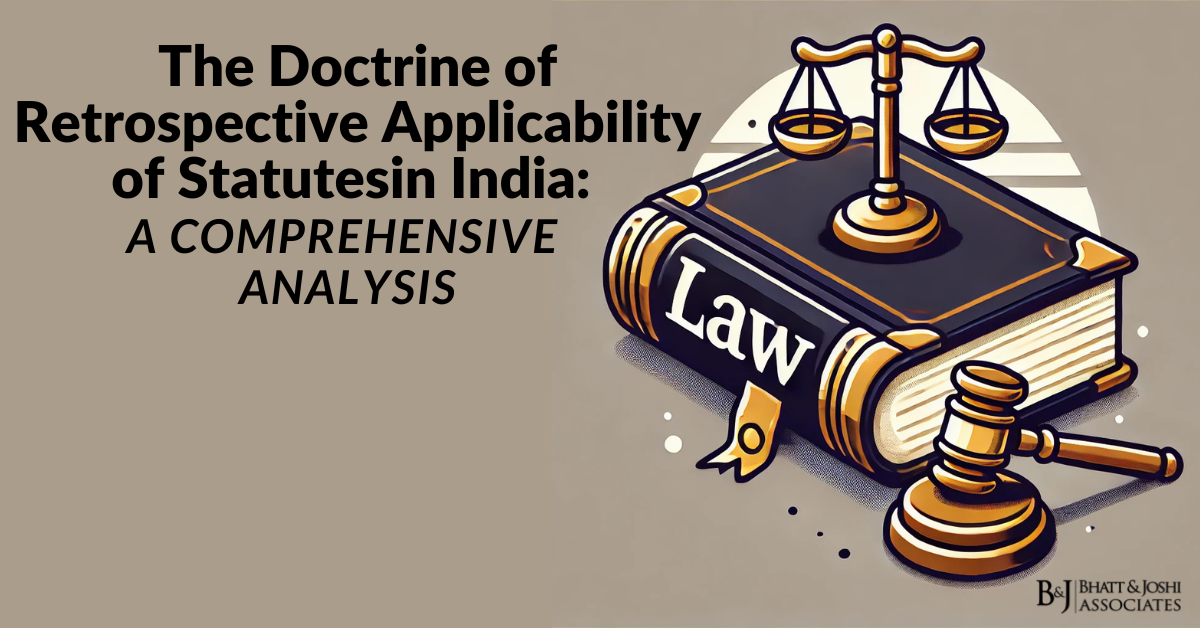Introduction
India is endowed with a vast network of rivers, canals, backwaters, and creeks, which have historically been used for transport and commerce. Inland waterways are a crucial yet underutilized means of transportation, offering a cost-effective and environmentally friendly alternative to road and rail transport. The Inland Waterways Authority of India (IWAI) is the apex body responsible for the regulation and development of inland waterways in India. Established under the Inland Waterways Authority of India Act, 1985, IWAI plays a pivotal role in the planning, development, and regulation of national waterways.
This article explores the regulatory framework of inland waterways in India, focusing on the role of IWAI, relevant laws, and case laws that guide its operations and governance.
Regulatory Framework Governing Inland waterways in India
The regulation and governance of inland waterways in India are governed by a series of acts, rules, and policies aimed at ensuring efficient, safe, and sustainable development of waterways. Below are the key components of the regulatory framework:
- Inland Waterways Authority of India Act, 1985
The Inland Waterways Authority of India (IWAI) was constituted by this Act, which provides the statutory basis for its establishment and functioning. The Act outlines the powers, duties, and functions of the IWAI, enabling it to manage and regulate inland waterways.
- Section 14 of the Act grants the IWAI the power to carry out surveys, investigations, and feasibility studies for the development of national waterways. It also authorizes IWAI to regulate and control the construction of infrastructure such as terminals, ports, and navigational aids on these waterways.
- Section 16 of the Act deals with the financial management of IWAI, ensuring that it can levy fees and charges for the use of inland waterways and related services, thereby contributing to its self-sufficiency.
- National Waterways Act, 2016
One of the most significant legislative milestones in the regulation of inland waterways in India is the National Waterways Act, 2016. This Act declares 111 inland waterways as national waterways and places them under the purview of IWAI for development and regulation.
- Section 3 of the Act specifies the jurisdiction of IWAI over these national waterways and mandates that the authority is responsible for their development, regulation, and management. This includes maintaining navigability, ensuring safety standards, and facilitating commerce and transport.
- Inland Vessels Act, 2021
The Inland Vessels Act, 2021 is a comprehensive law governing the registration, certification, and safety of vessels plying on inland waterways. It replaces the older Inland Vessels Act of 1917 and introduces modern safety standards and a unified regulatory framework.
- Section 12 of the Act mandates that all vessels operating on inland waterways must be registered and certified by the appropriate authorities to ensure compliance with safety and environmental standards.
- Case Law Example: In Inland Waterways Authority of India v. State of West Bengal (2017), the Supreme Court held that the registration and certification of vessels are crucial to ensuring safe navigation on national waterways. The judgment reinforced the IWAI’s regulatory authority over inland vessels.
Functions of the Inland Waterways Authority of India
The IWAI is entrusted with several key responsibilities, from infrastructure development to regulatory oversight. These functions ensure that inland waterways are developed sustainably while promoting commerce and transportation.
- Development of National Waterways
One of the primary responsibilities of the IWAI is the development of national waterways for cargo and passenger transport. This includes dredging activities to ensure navigability, constructing terminals and jetties, and installing navigational aids such as buoys and beacons.
- Case Law Example: In Union of India v. Assam State Inland Water Transport Corporation Ltd. (2020), the court held that the IWAI’s development activities, such as dredging, should not be hindered by local authorities as it is crucial for maintaining the national waterways.
- Regulation and Licensing of Vessels
IWAI regulates and licenses vessels operating on national waterways. This includes ensuring that vessels meet safety standards, are properly registered, and are operated by licensed professionals.
- Judgment Reference: In Kochi Metro v. Inland Waterways Authority of India (2018), the court emphasized that vessel safety is of paramount importance and upheld the IWAI’s role in enforcing compliance with safety standards for all vessels operating on inland waterways.
Key Challenges in Inland Waterways Regulation
Despite the IWAI’s efforts, several challenges persist in the regulation and development of inland waterways in India. These challenges include:
- Environmental Concerns
Inland waterways pass through ecologically sensitive areas such as wetlands, mangroves, and wildlife sanctuaries. The development and operation of inland waterways can have significant environmental impacts, including water pollution, habitat destruction, and disruption of aquatic ecosystems.
- Judicial Intervention: In National Green Tribunal v. Inland Waterways Authority of India (2021), the NGT ordered the IWAI to conduct environmental impact assessments (EIA) for all its projects to ensure that development activities do not harm the environment.
- Coordination with State Governments
Since rivers and waterways often span multiple states, effective regulation requires close coordination between the IWAI and state governments. However, differences in priorities, bureaucratic delays, and jurisdictional issues often hamper the smooth functioning of the IWAI.
- Case Law Example: In State of Bihar v. IWAI (2019), the court acknowledged the difficulties faced in coordinating between central and state authorities and directed the state government to expedite clearances for IWAI projects.
Laws Governing Inland Waterways Regulation
Several laws govern the regulation and management of inland waterways in India. These laws ensure that the IWAI can function effectively and that inland waterways are developed and regulated in a manner that promotes sustainable development and commerce.
- The Environment Protection Act, 1986
The Environment Protection Act, 1986 plays a significant role in regulating inland waterways, especially in ecologically sensitive areas. It mandates environmental clearances for projects that could potentially harm the environment, including inland waterway development projects.
- Section 3 of the Act: IWAI must obtain environmental clearances from the Ministry of Environment, Forest and Climate Change for any project that could affect the environment. This includes dredging activities, construction of terminals, and other infrastructure developments.
- Judgment Reference: In IWAI v. Ministry of Environment, Forest and Climate Change (2018), the court held that the IWAI must comply with environmental regulations and obtain clearances before commencing any development work on national waterways.
- The Wildlife Protection Act, 1972
Since several national waterways pass through wildlife sanctuaries and protected areas, the Wildlife Protection Act, 1972 is crucial for safeguarding the environment while promoting the development of inland waterways.
- Section 29 of the Act prohibits any development activities within wildlife sanctuaries unless prior approval is obtained from the National Board for Wildlife.
- Case Law Example: In National Board for Wildlife v. Inland Waterways Authority of India (2022), the Supreme Court reiterated the importance of wildlife protection and directed the IWAI to cease all construction activities within the eco-sensitive zones until requisite clearances were obtained.
Conclusion
The Inland Waterways Authority of India is playing an increasingly important role in developing India’s inland waterways as an alternative to road and rail transport. With the passage of the National Waterways Act, 2016, and the Inland Vessels Act, 2021, the regulatory framework surrounding inland waterways has become more robust, facilitating safer and more efficient water transport. However, challenges such as environmental concerns and coordination with state governments continue to pose obstacles to the full realization of inland waterways as a viable transport option. With the continued commitment of IWAI to overcome these challenges, India’s inland waterways could become a major contributor to the nation’s economy and sustainable development.














